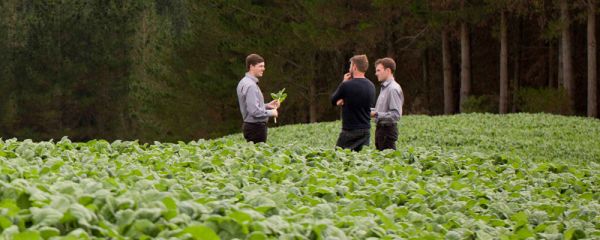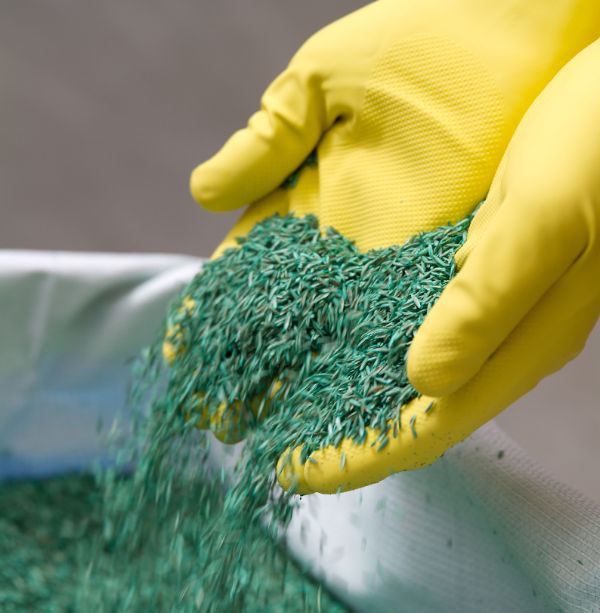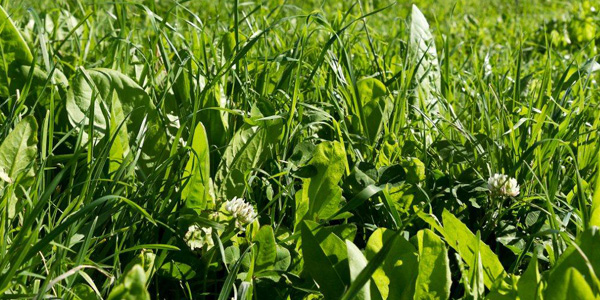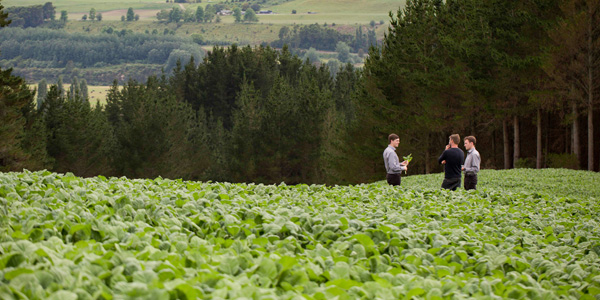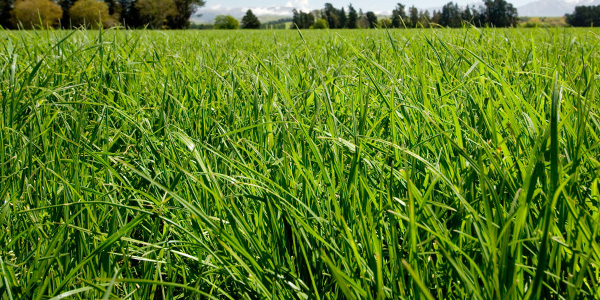
SEED TREATMENT
SEED TREATMENT
What's in Seed Treatment Products?
The seed treatment formulations contain additives that are unique to the seed type and/or end use. These additives combine to provide a better environment for seedling establishment and early growth. Most products contain a systemic insecticide, with at least one contact fungicide along with other beneficial additives including micronutrients.
Seedling Treatment Additives
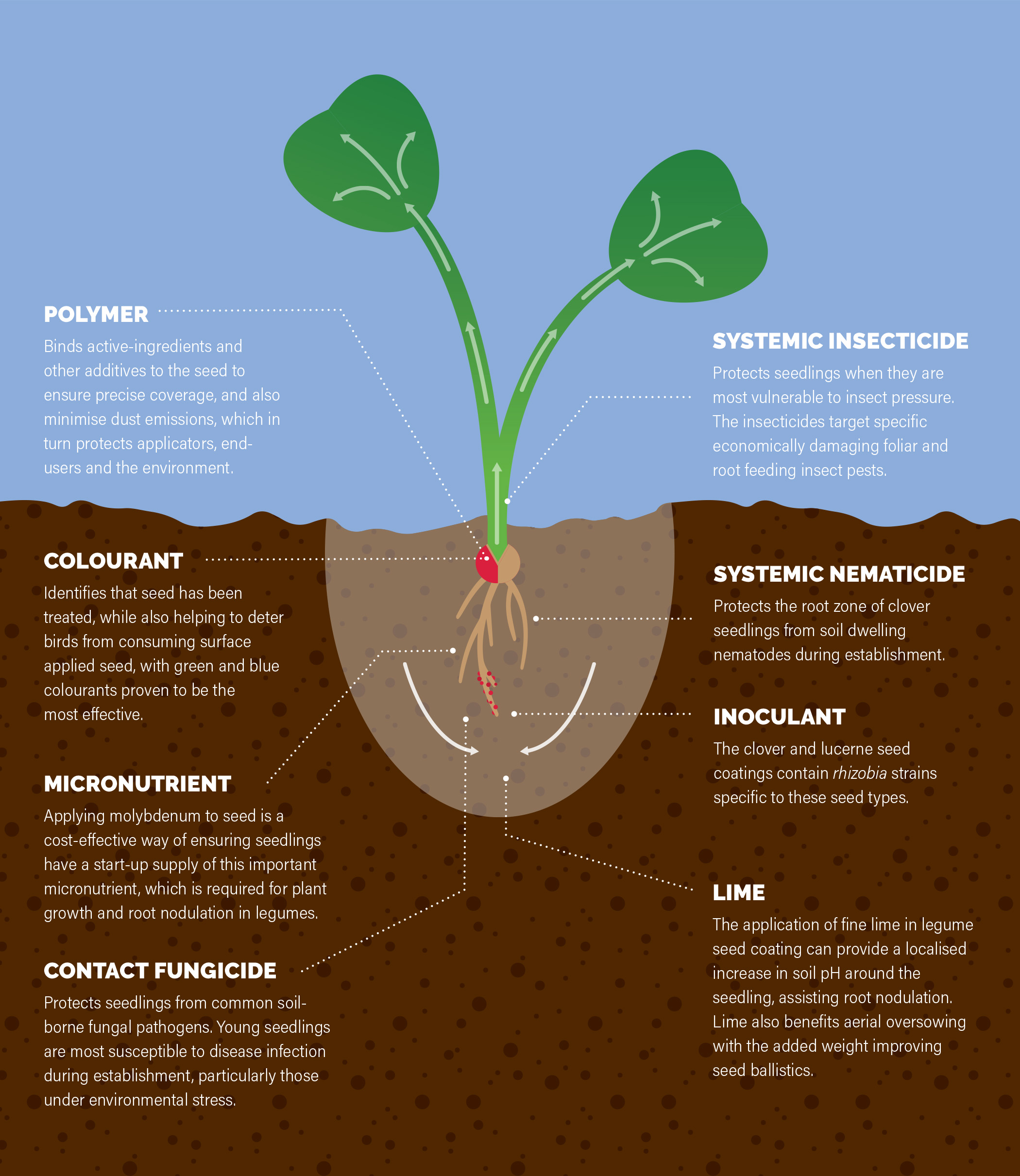 It should be noted that while each specific seed treatment contains a range of additives, none of the seed treatments contain all of the additives featured in the graphic above.
It should be noted that while each specific seed treatment contains a range of additives, none of the seed treatments contain all of the additives featured in the graphic above.
Handling Treated Seed
Precautions should be taken when handling seed treated with chemicals. Treated seed can cause allergic reactions for some individuals. Gloves and a mask are recommended. Avoid contact with skin and eyes and wash hands thoroughly before meals.
Seed Storage
Treated seed should be stored in a cool, dry environment away from direct sunlight. Keep out of reach of children, livestock, birds and the general public. For best results, treated seed should be sown in the season of purchase.
Livestock Withholding Period
Livestock should not graze insecticide-treated forage crops and pasture for a period of six weeks after sowing. For grass seed undersown into an existing pasture sward, the withholding period is three weeks after sowing, due to the dilution effect from existing plant material that will be pesticide-free.
For further information refer to the following publication:
‘Stewardship Guide, Handling and Planting Treated Seed’. For urgent medical advice 24 hours a day, 7 days a week, call the National Poisons Centre (NZ) 0800 POISON, 0800 764 766.
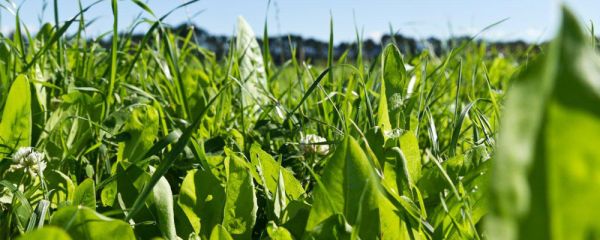
Our Range
VIEW PRODUCTS